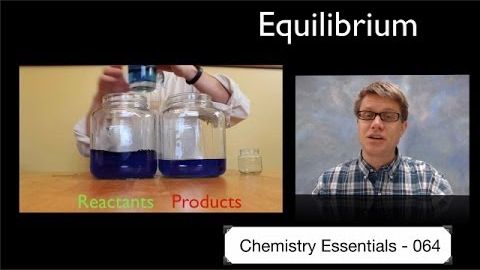
Subtitles & vocabulary
Equilibrium
00
李掌櫃 posted on 2014/04/03Save
Video vocabulary
leave
US /liv/
・
UK /li:v/
- Verb (Transitive/Intransitive)
- To go away from; depart
- To gift property to someone after you die
- Uncountable Noun
- Permission to do something
- Vacation time; time off work
A1TOEIC
More table
US /ˈtebəl/
・
UK /ˈteɪbl/
- Noun (Countable/Uncountable)
- Diagram that shows data in rows and columns
- Raised flat surface you sit at to work or eat
- Transitive Verb
- To leave an idea to be discussed at a later date
A1TOEIC
More water
US /ˈwɔtɚ, ˈwɑtɚ/
・
UK /'wɔ:tə(r)/
- Uncountable Noun
- Clear liquid that forms the seas, rivers and rain
- Large area such as an ocean or sea
- Intransitive Verb
- (Of the eyes) to produce tears
- (Mouth) to become wet at the thought of nice food
A1
More graph
US /ɡræf/
・
UK /græf/
- Noun (Countable/Uncountable)
- Image expressing numerical data in lines or shapes
- Transitive Verb
- To show data using images
A2TOEIC
More Use Energy
Unlock All Vocabulary
Unlock pronunciation, explanations, and filters
